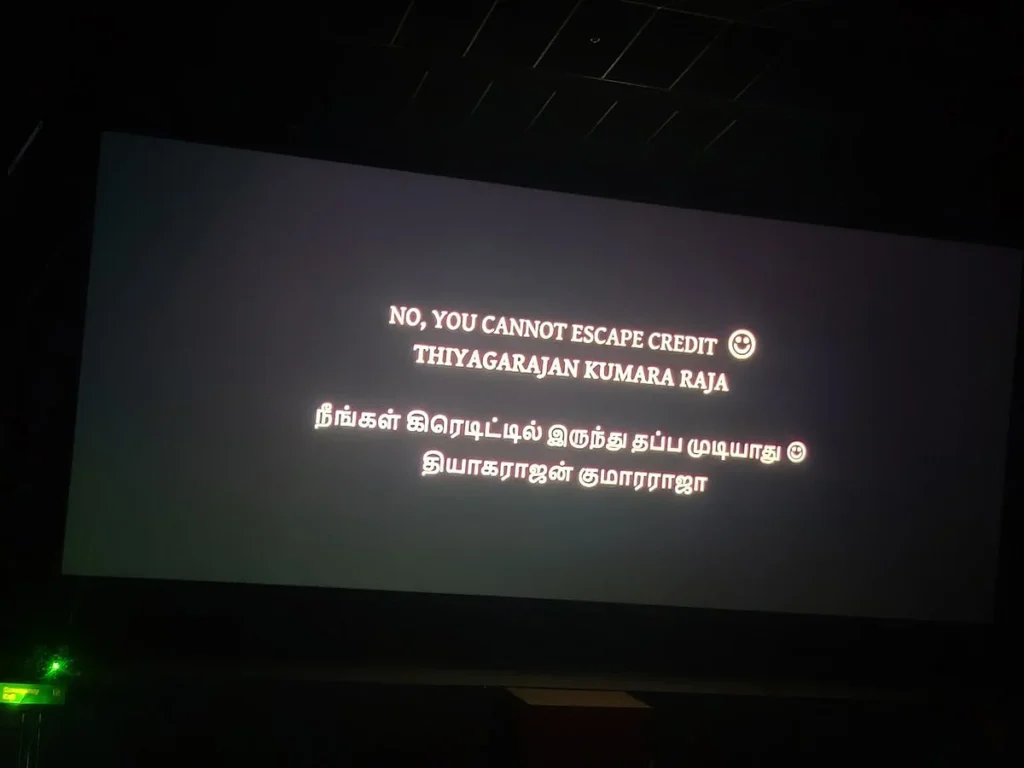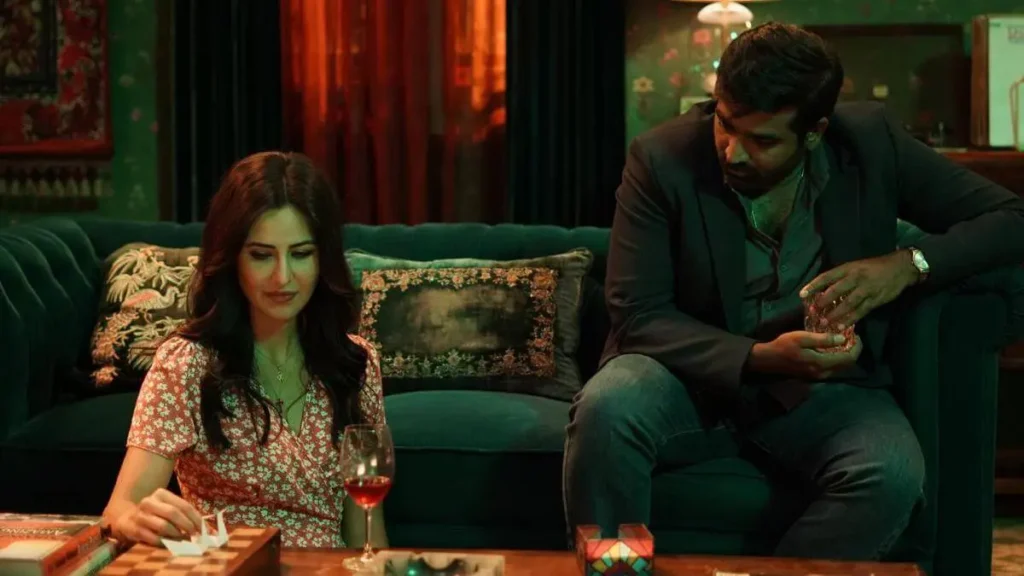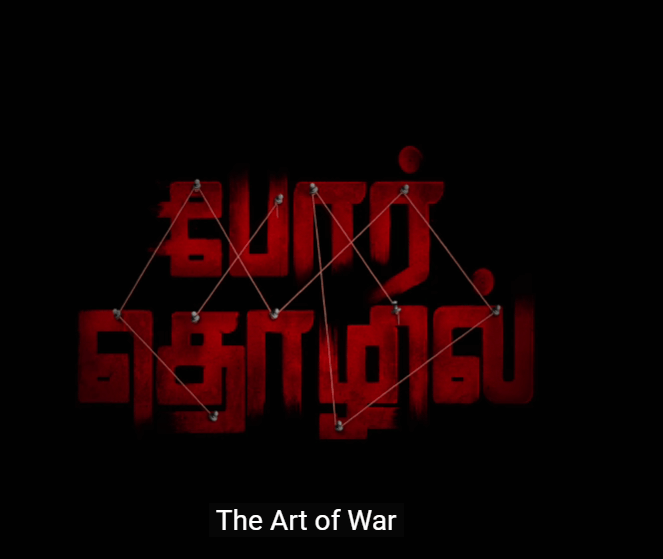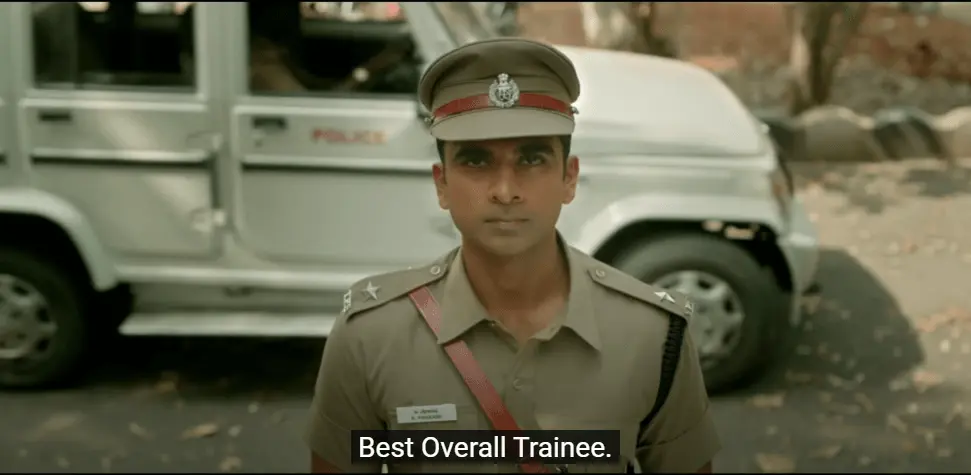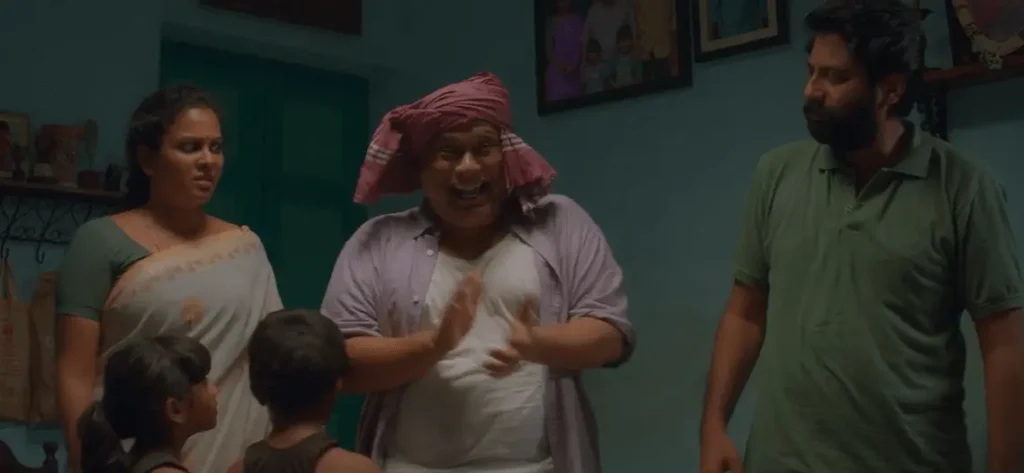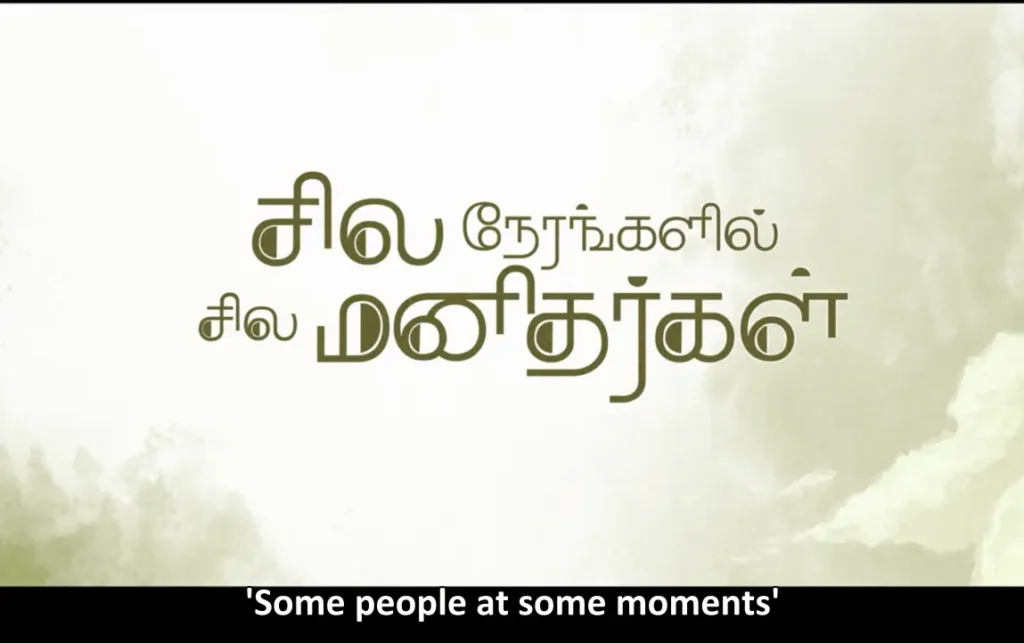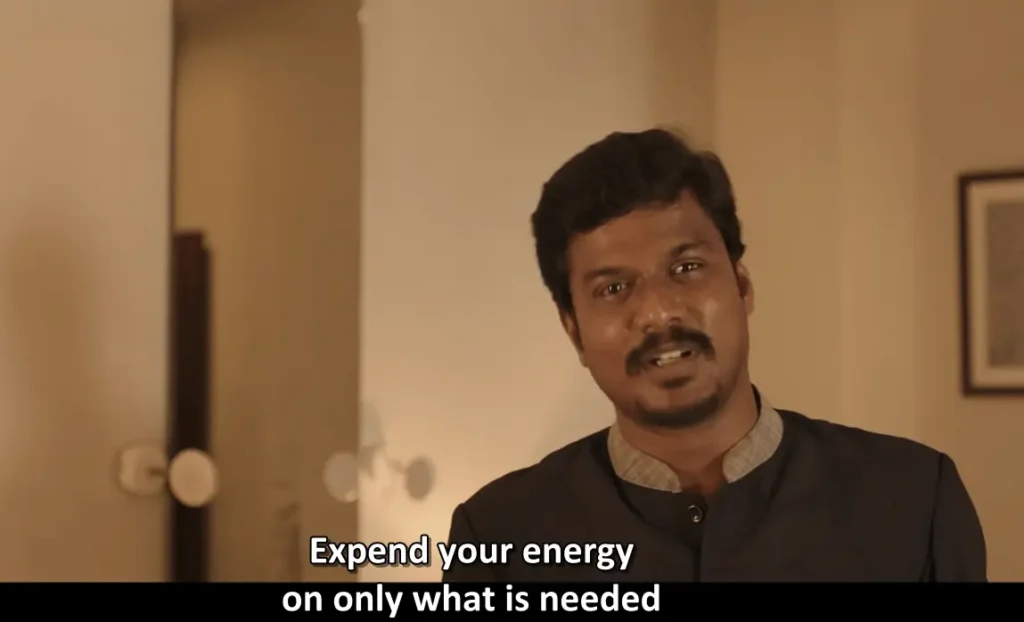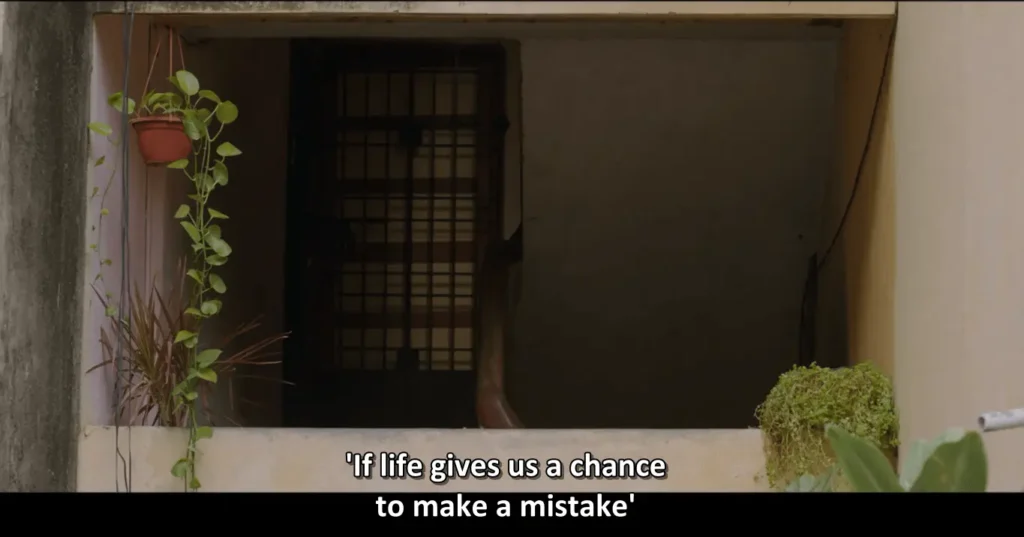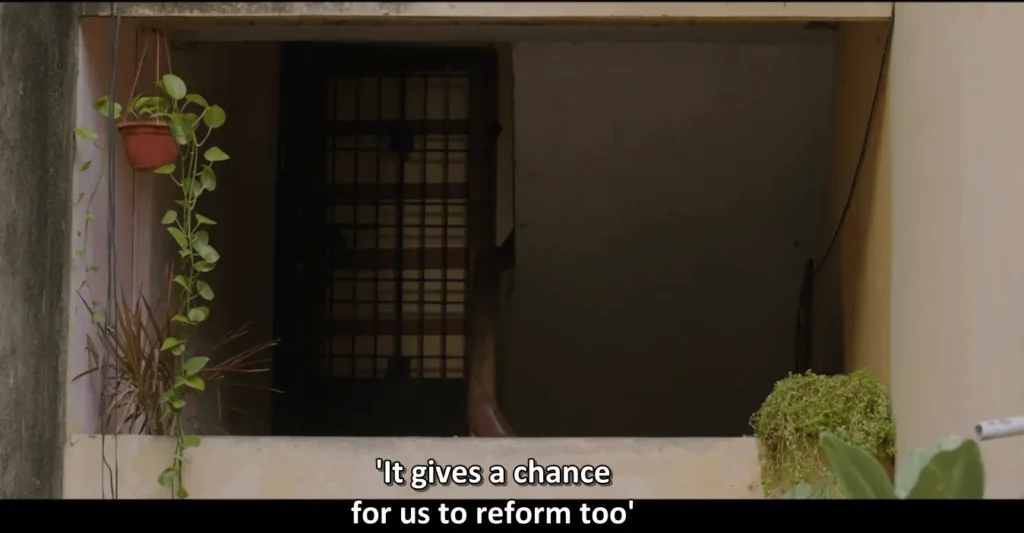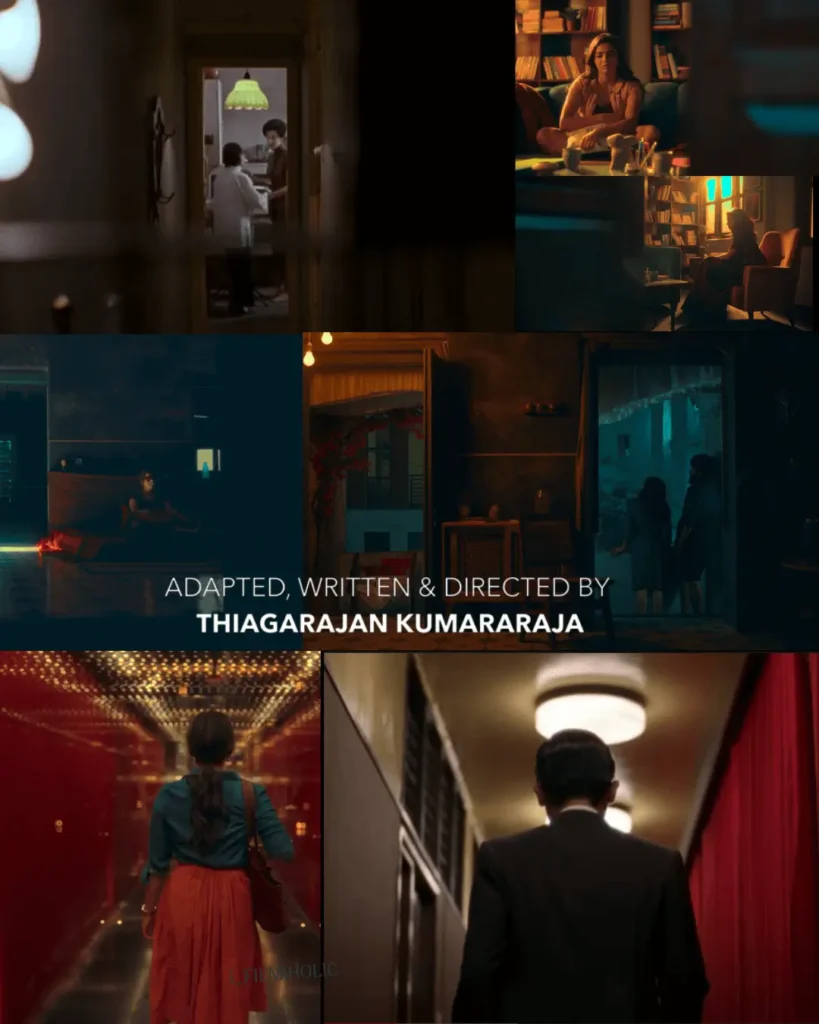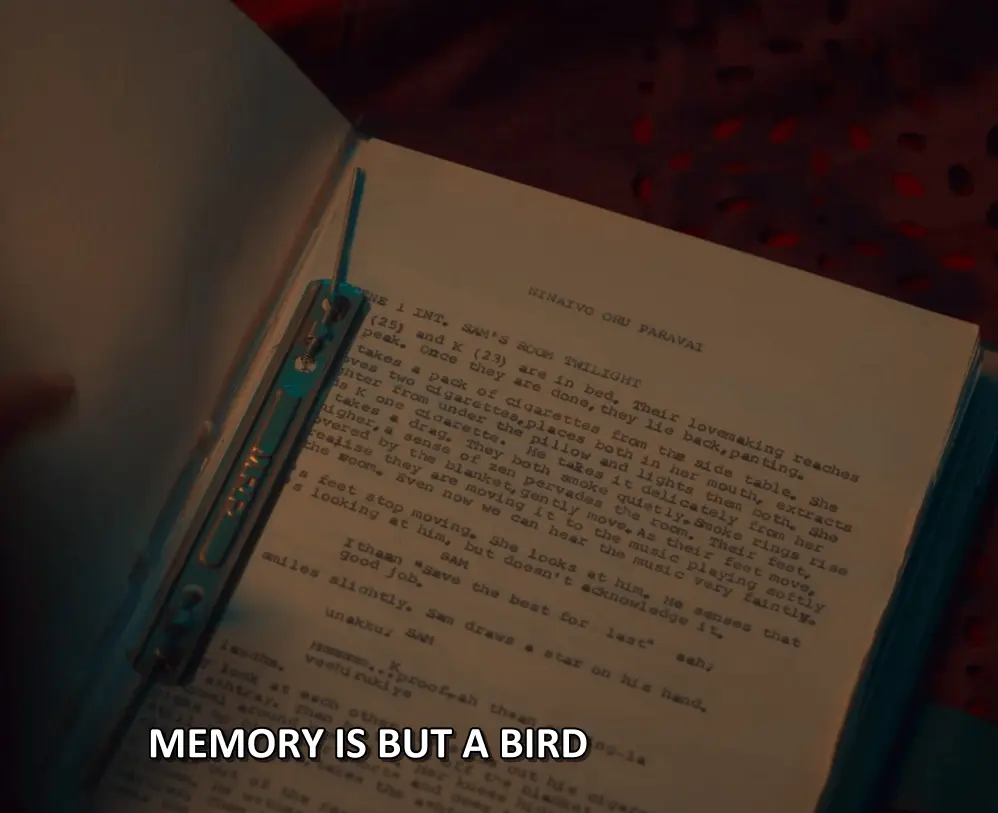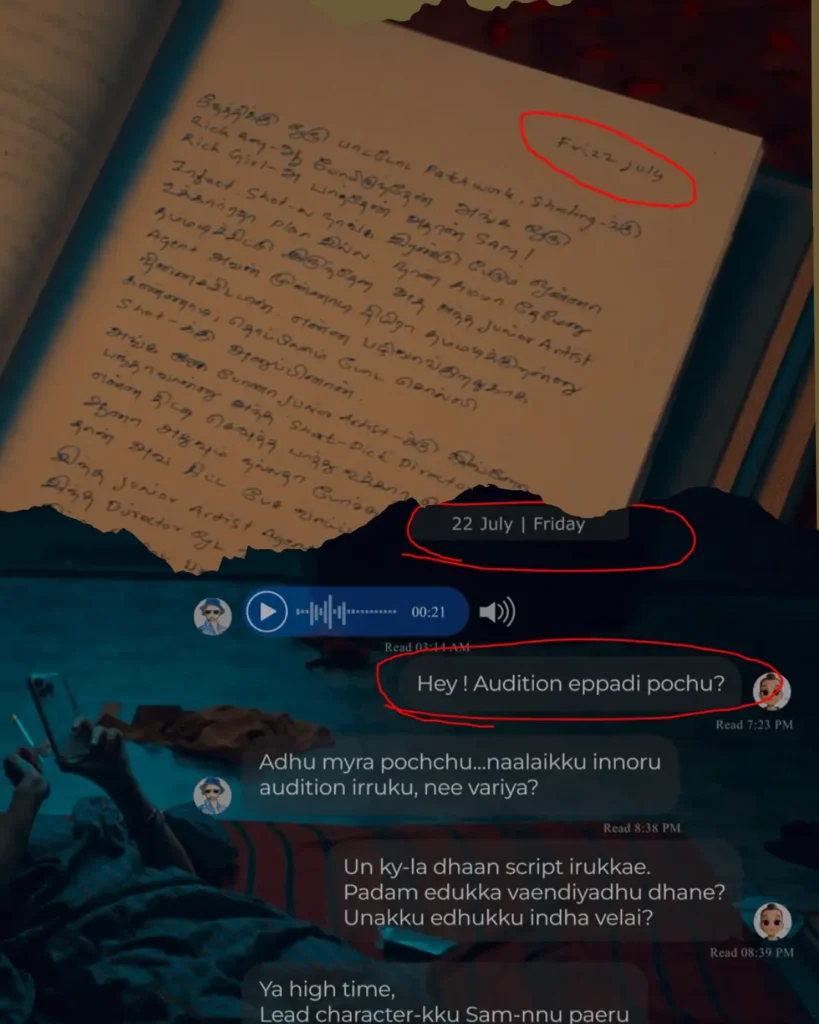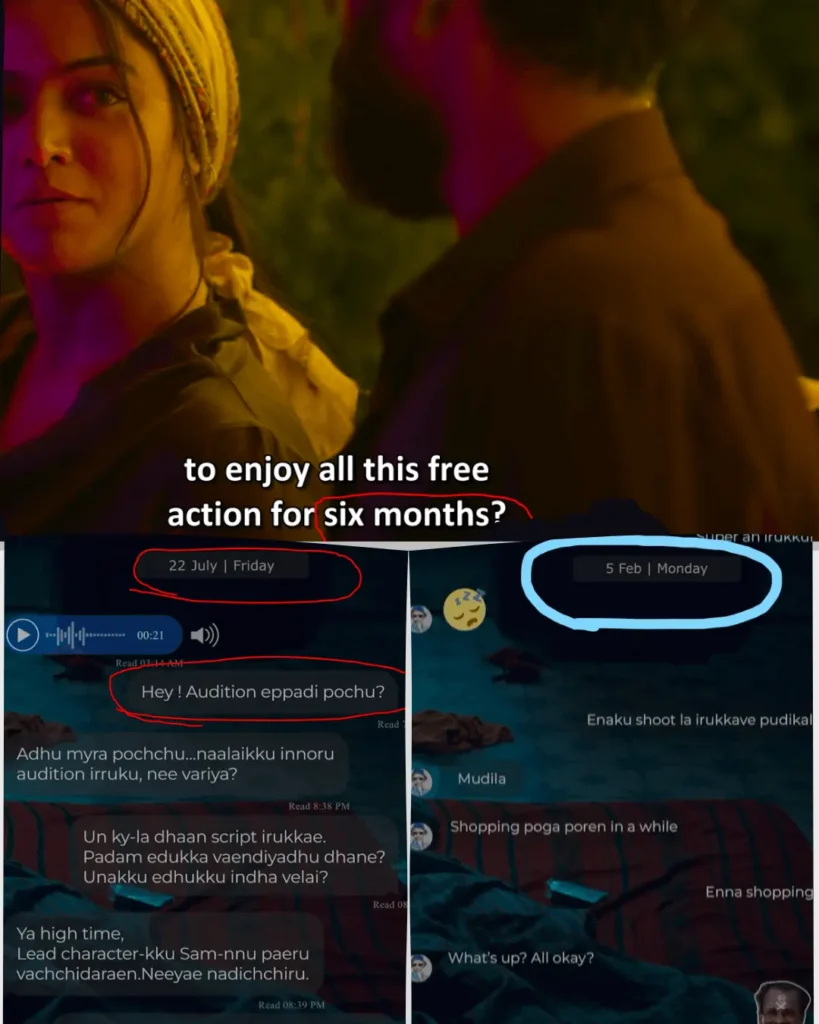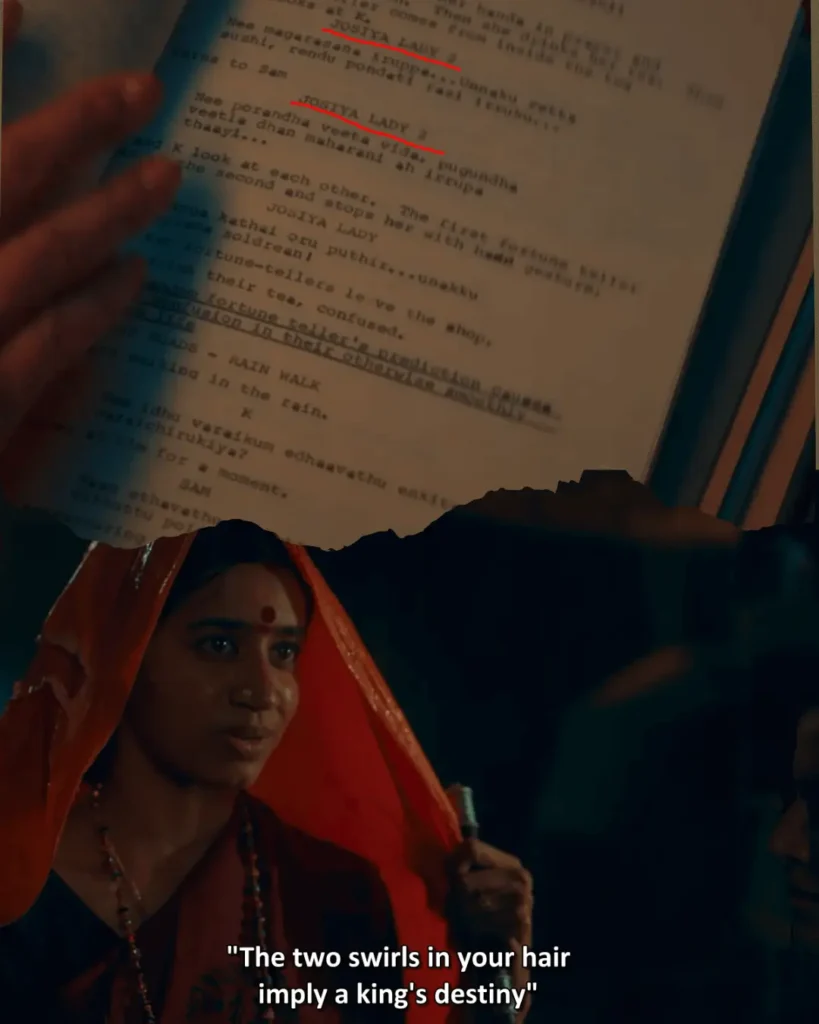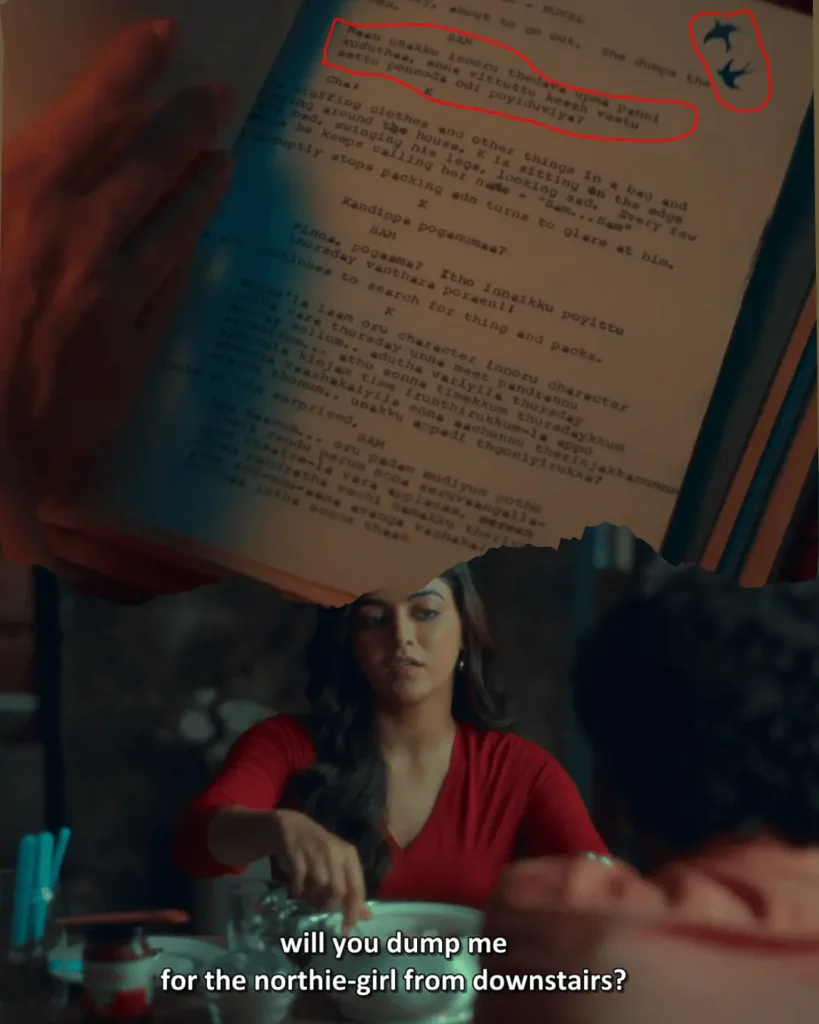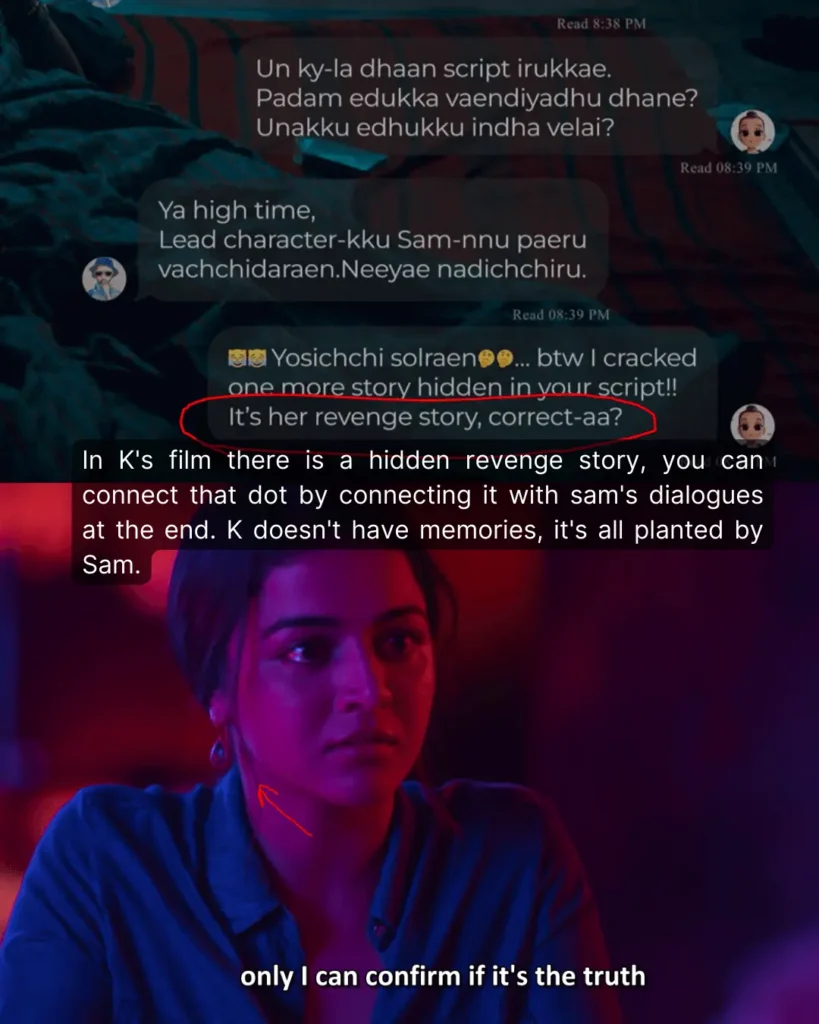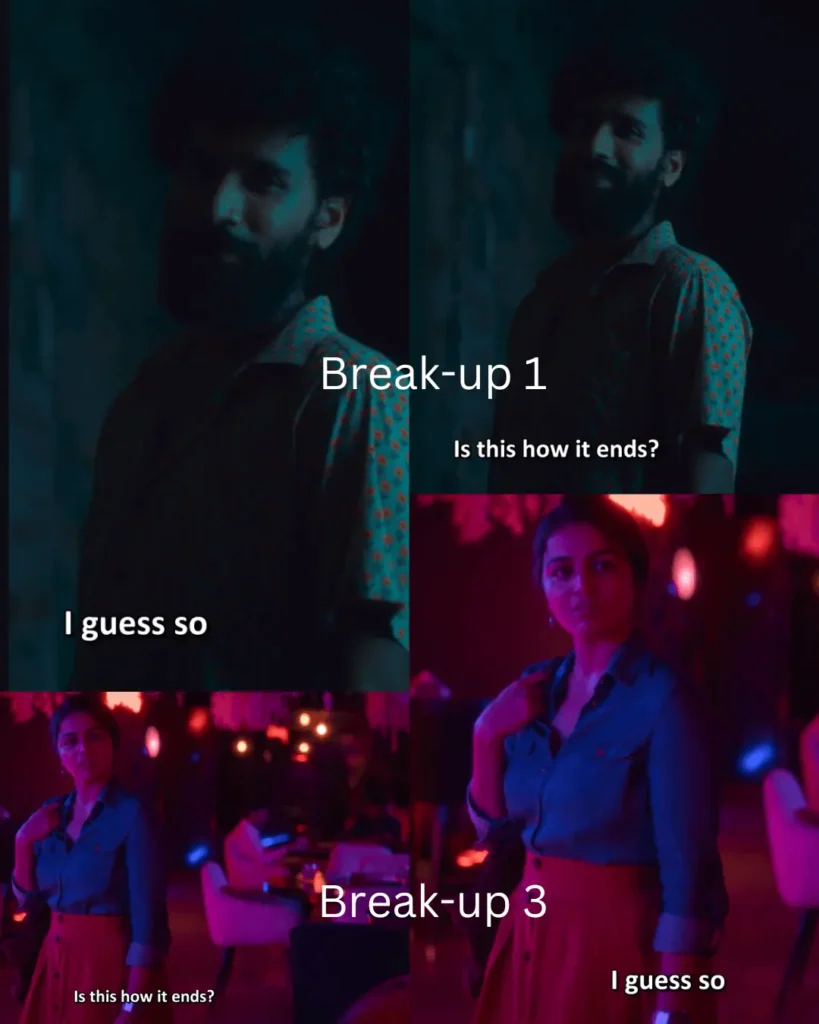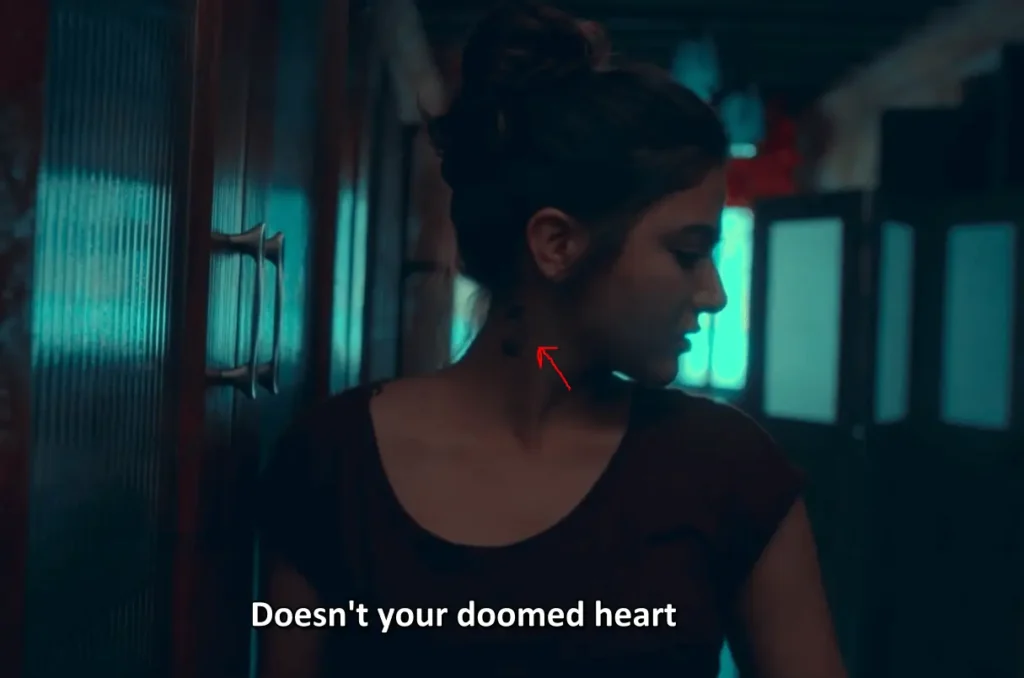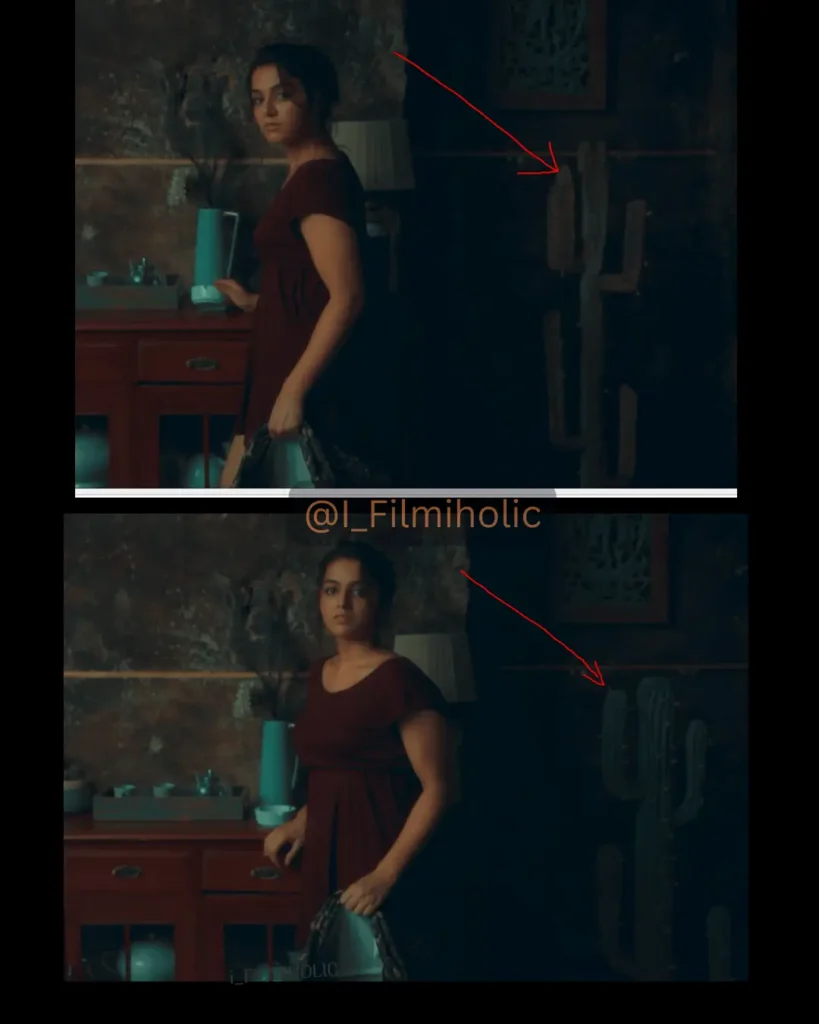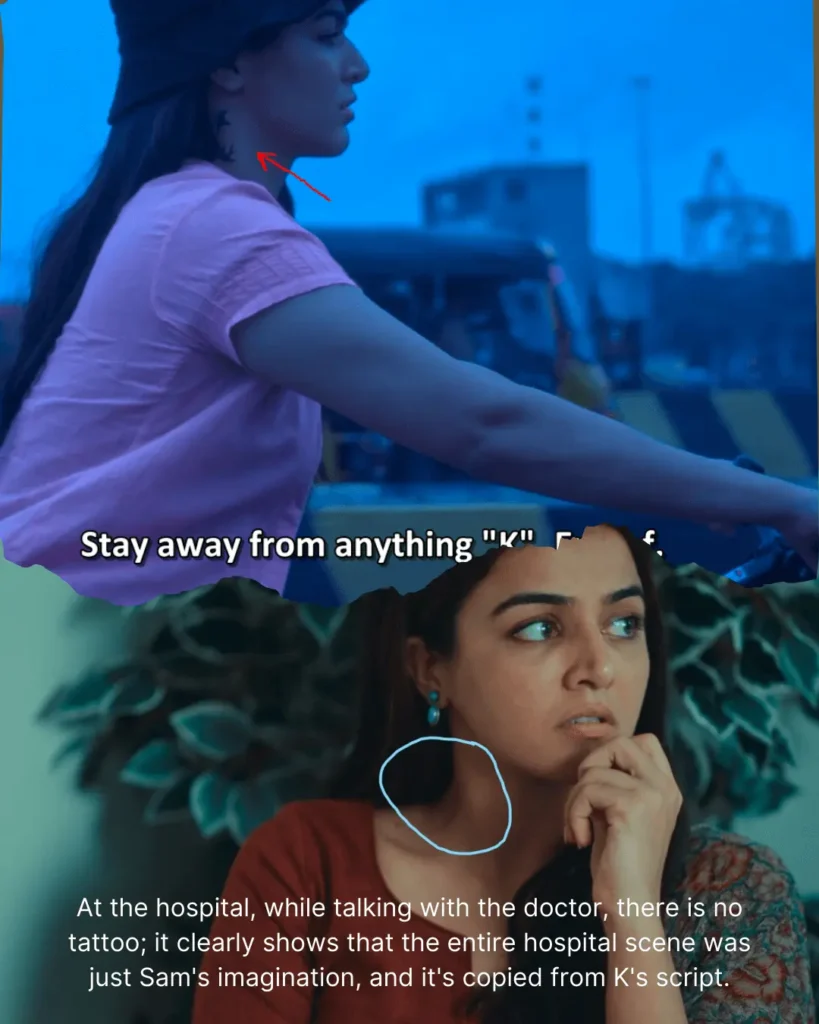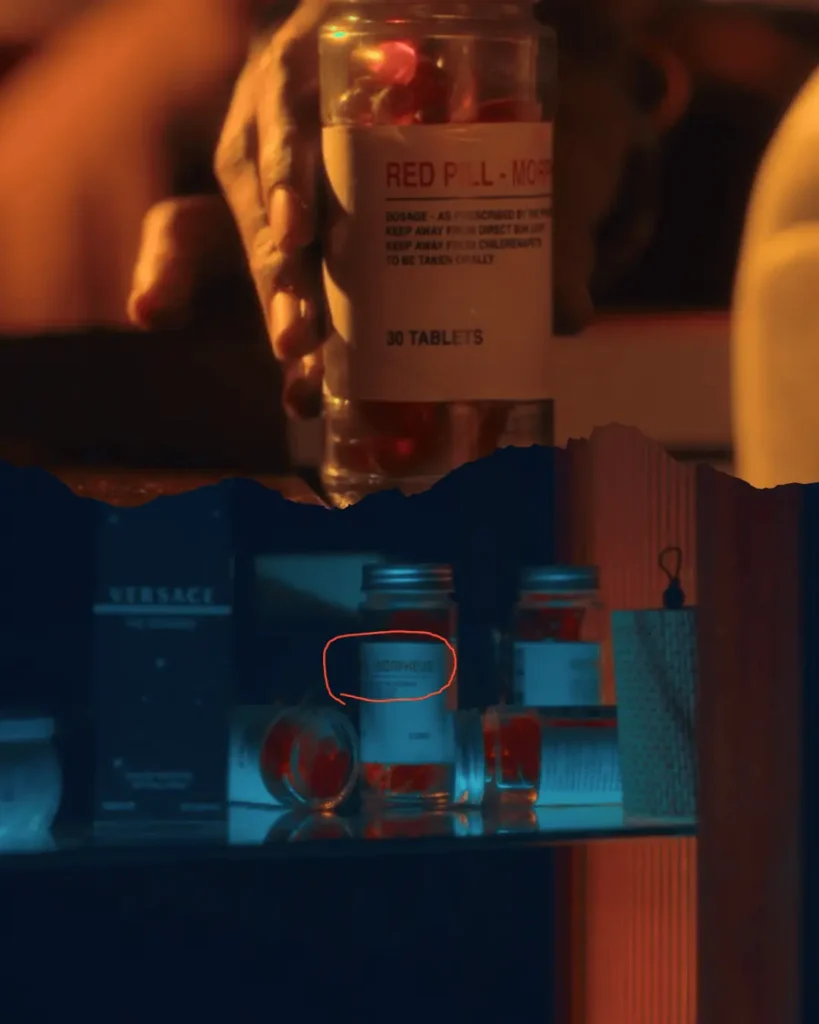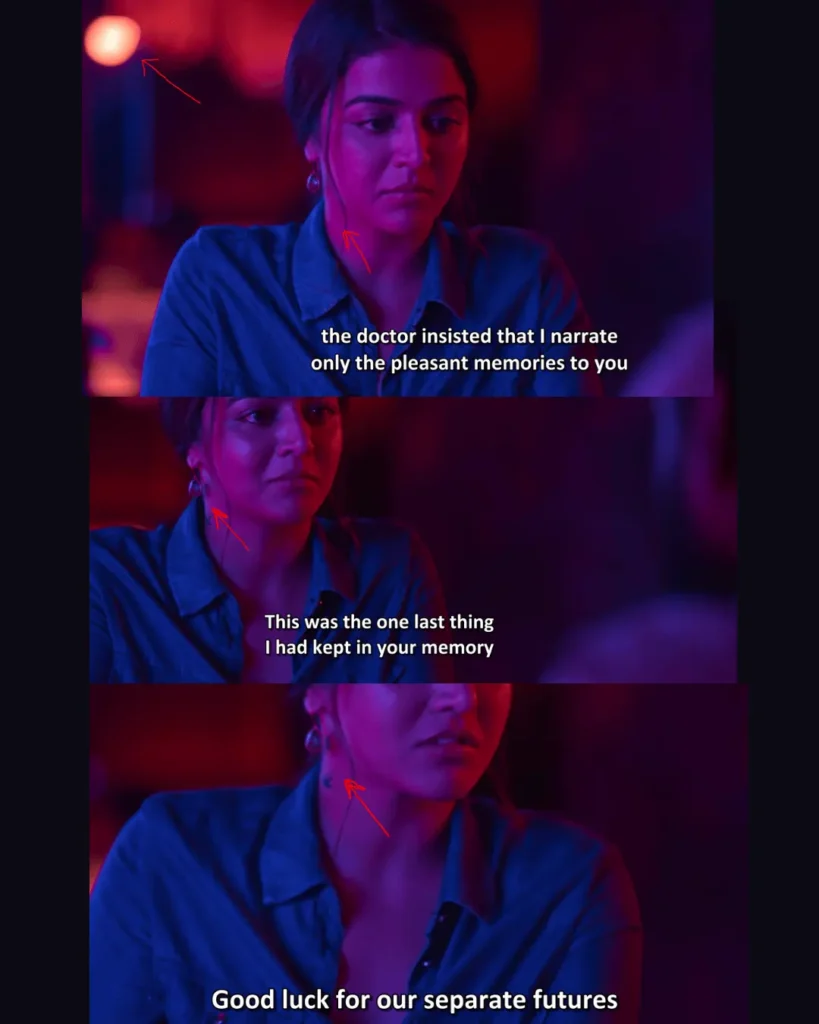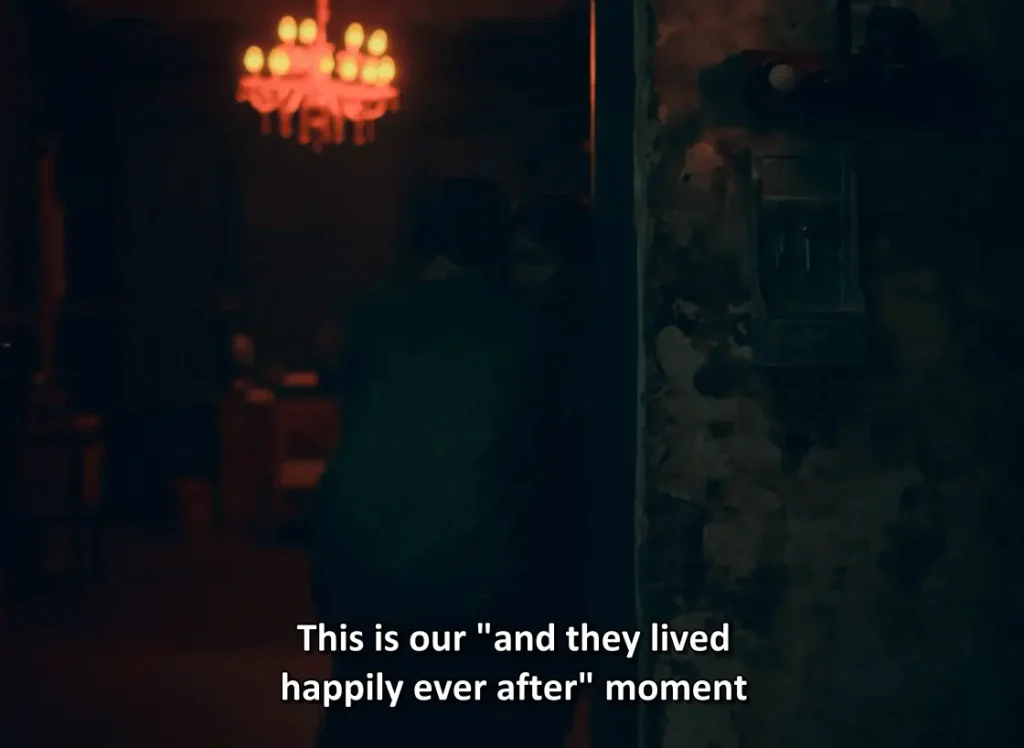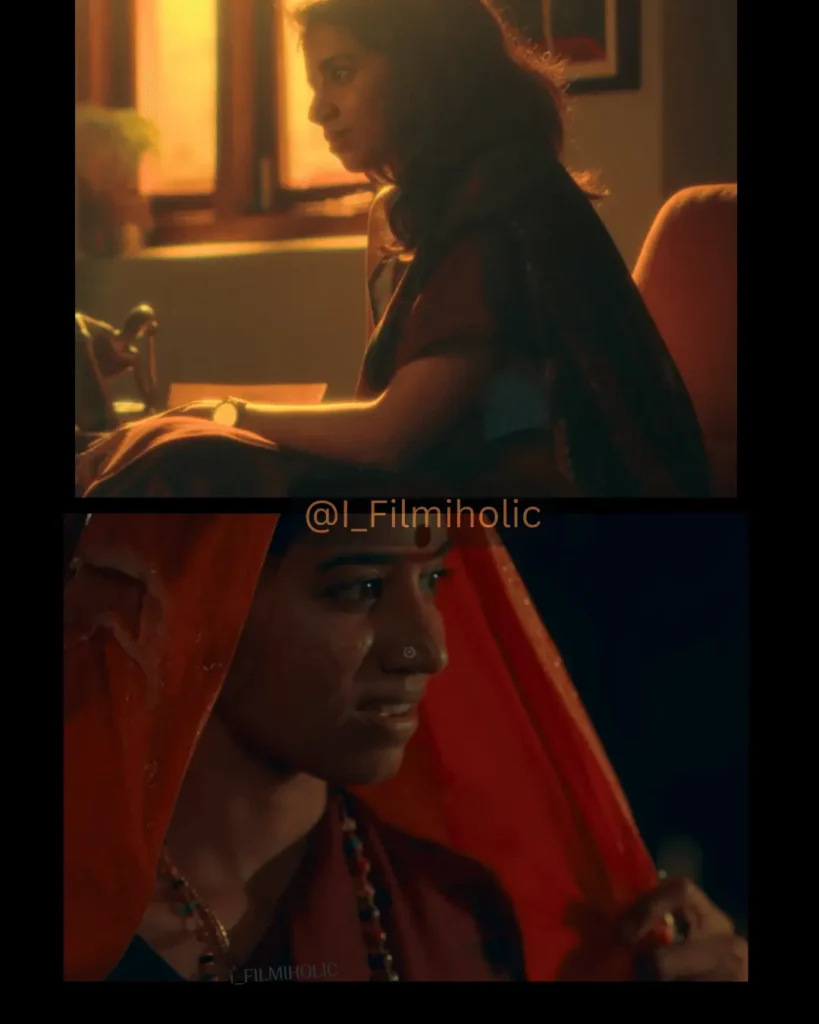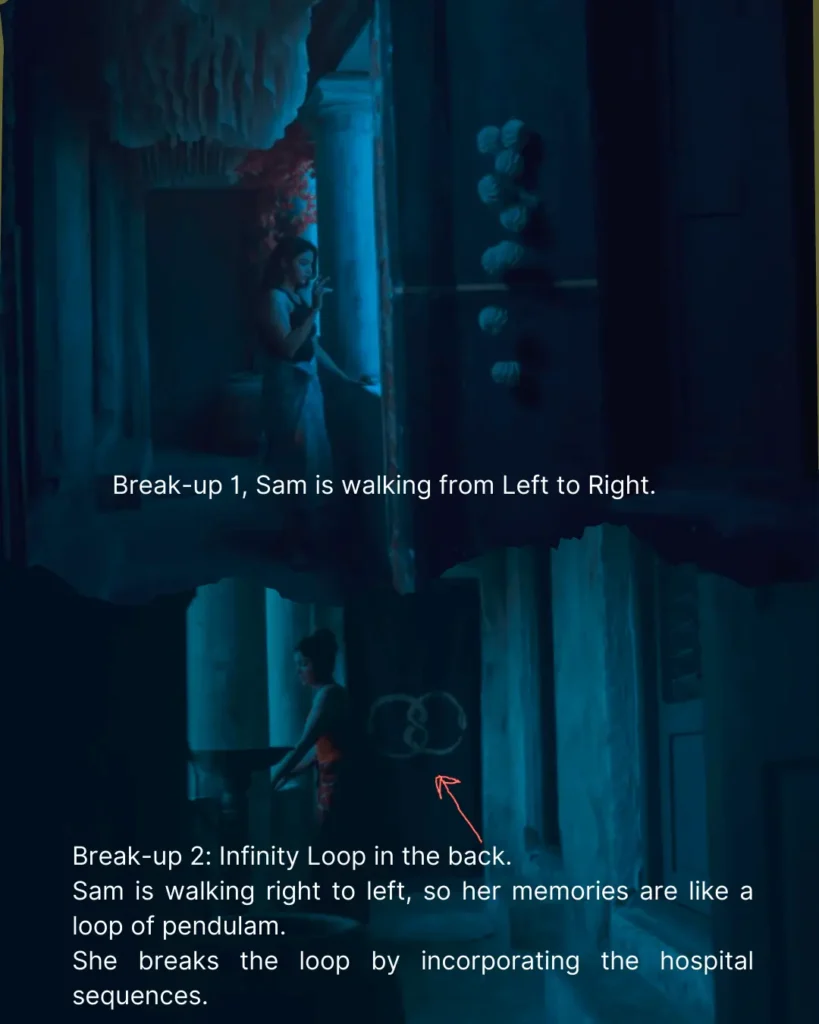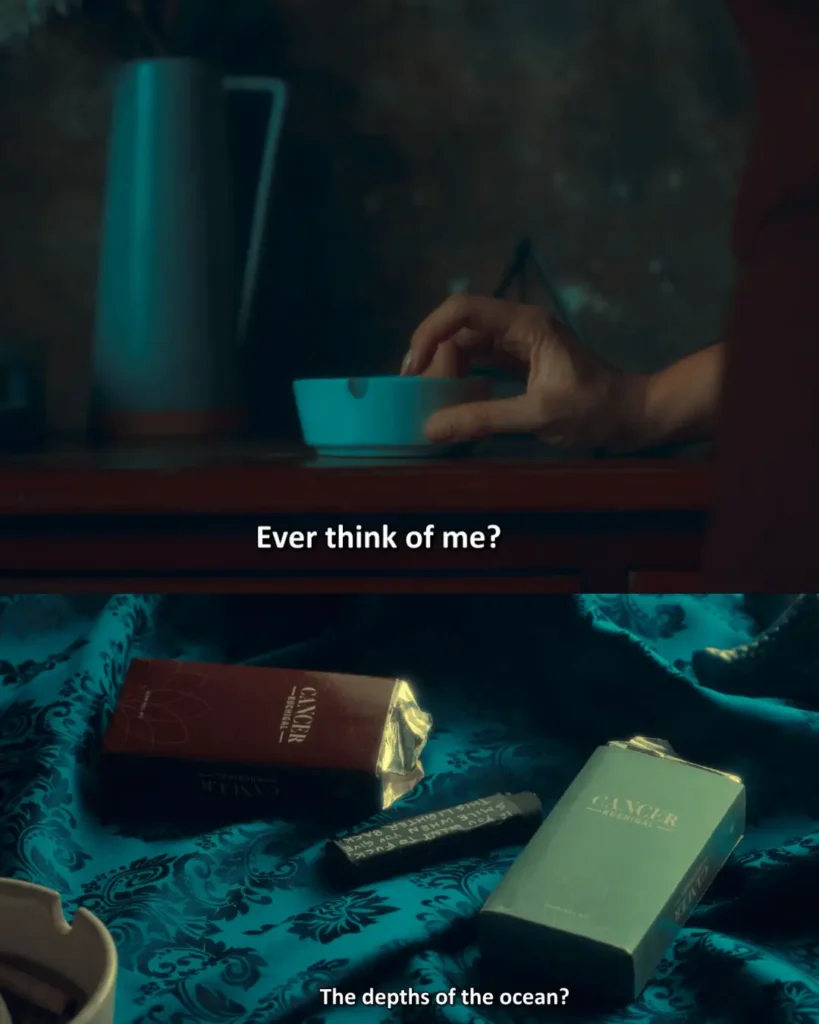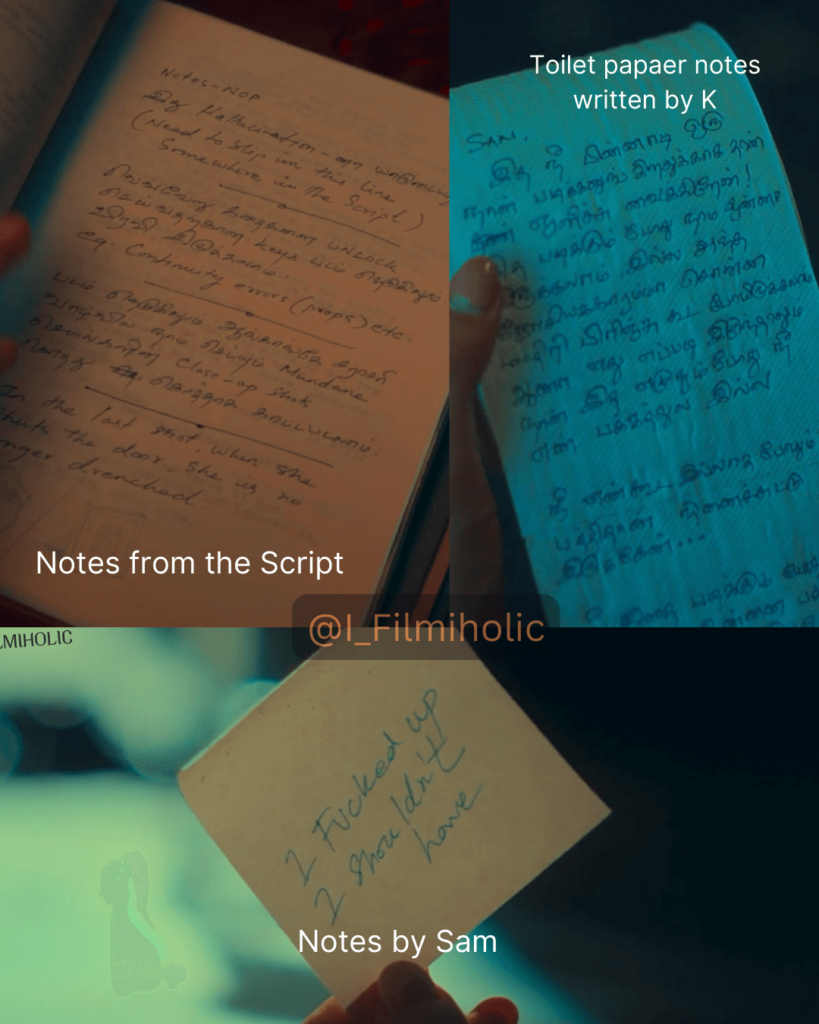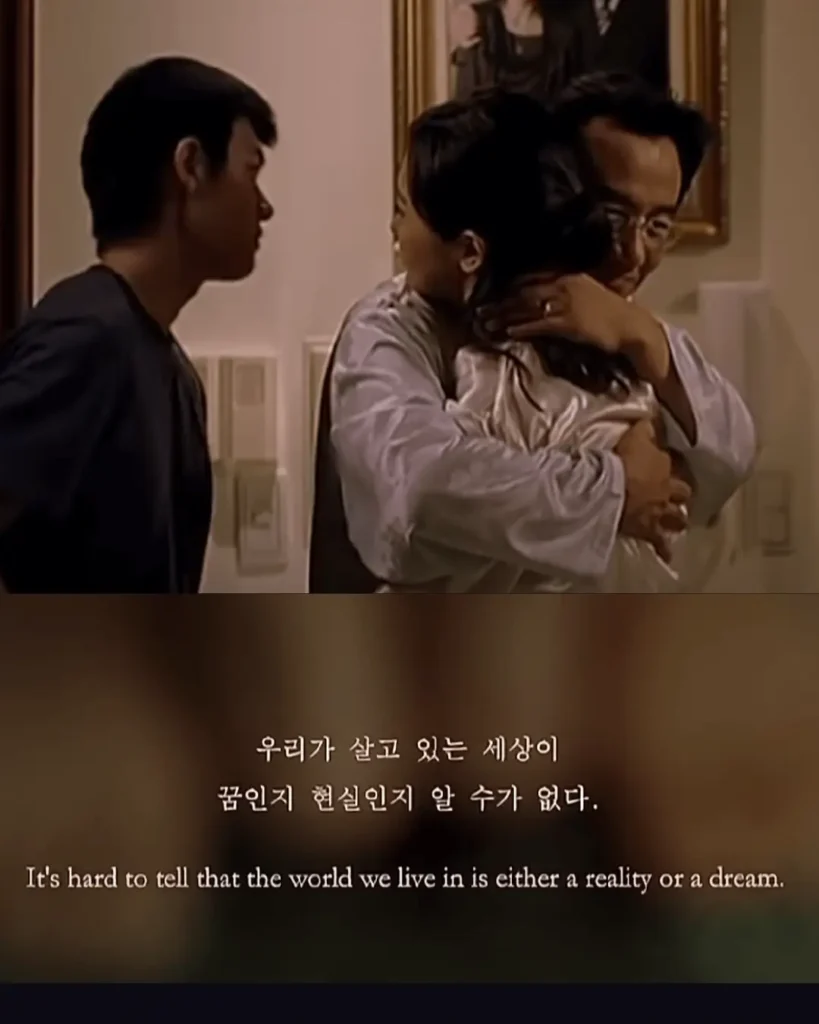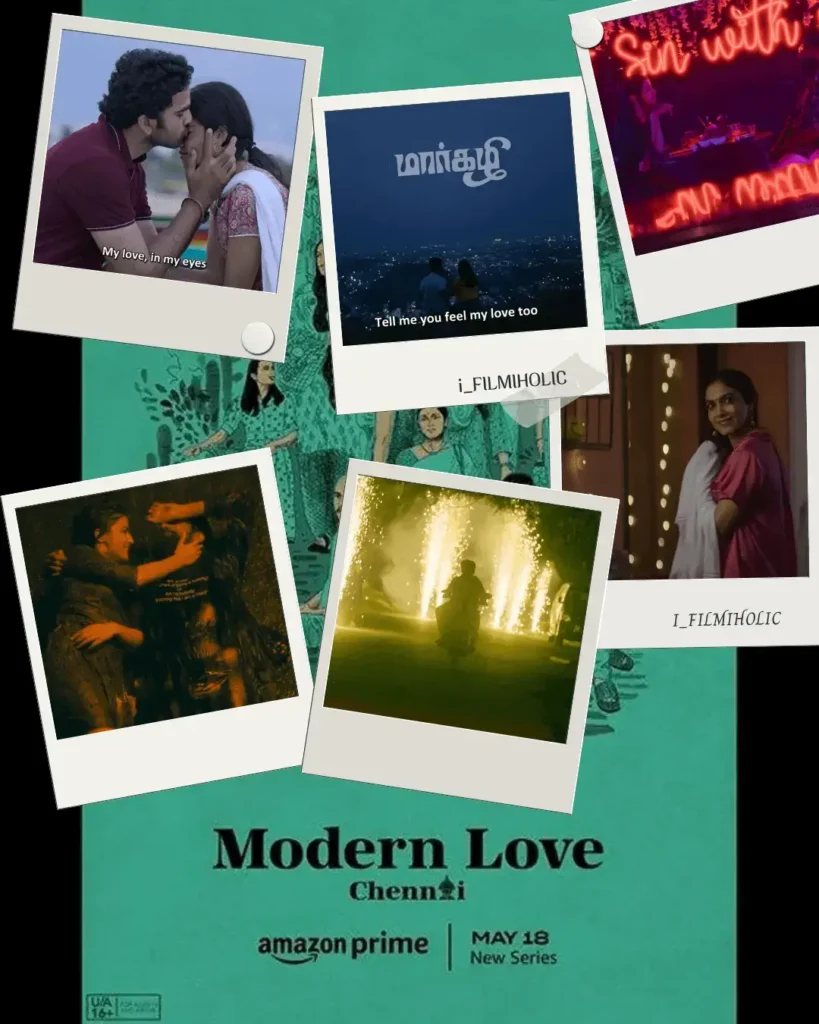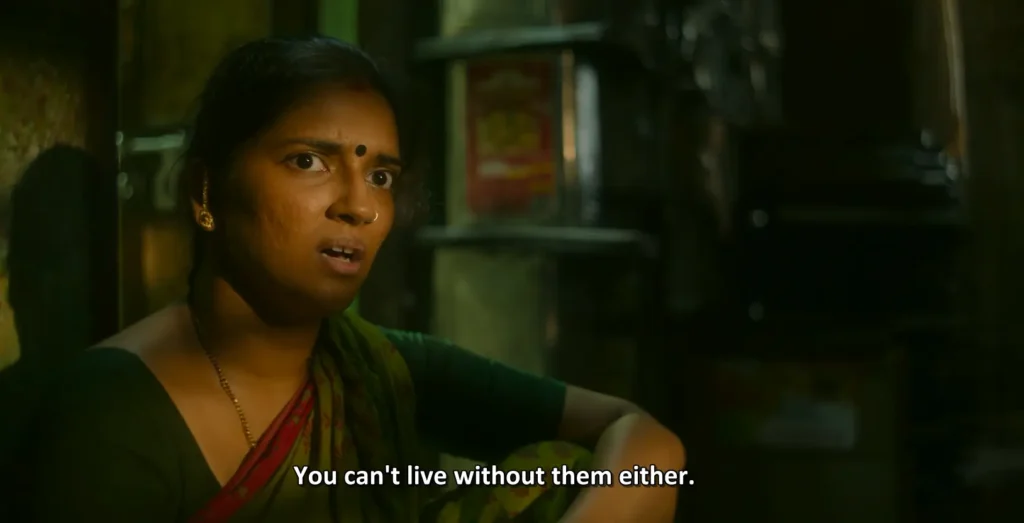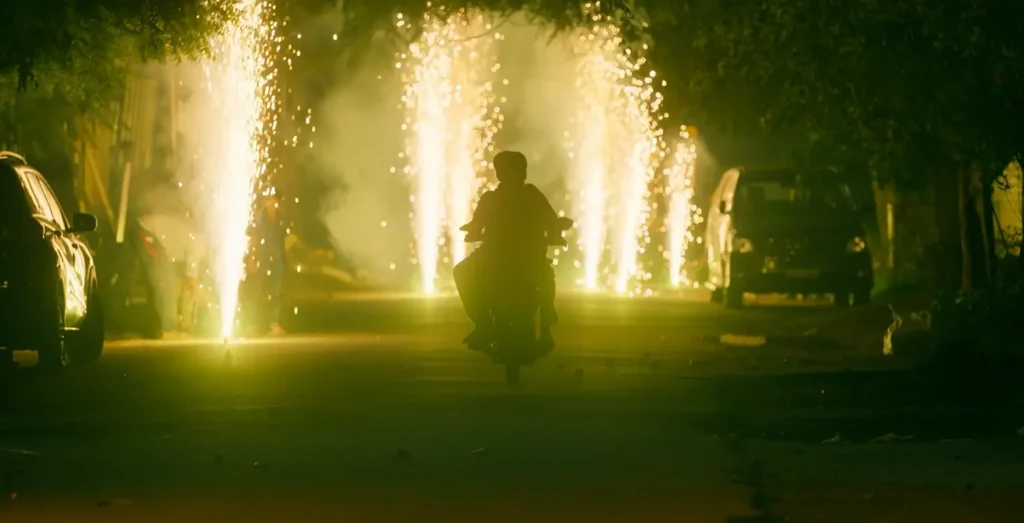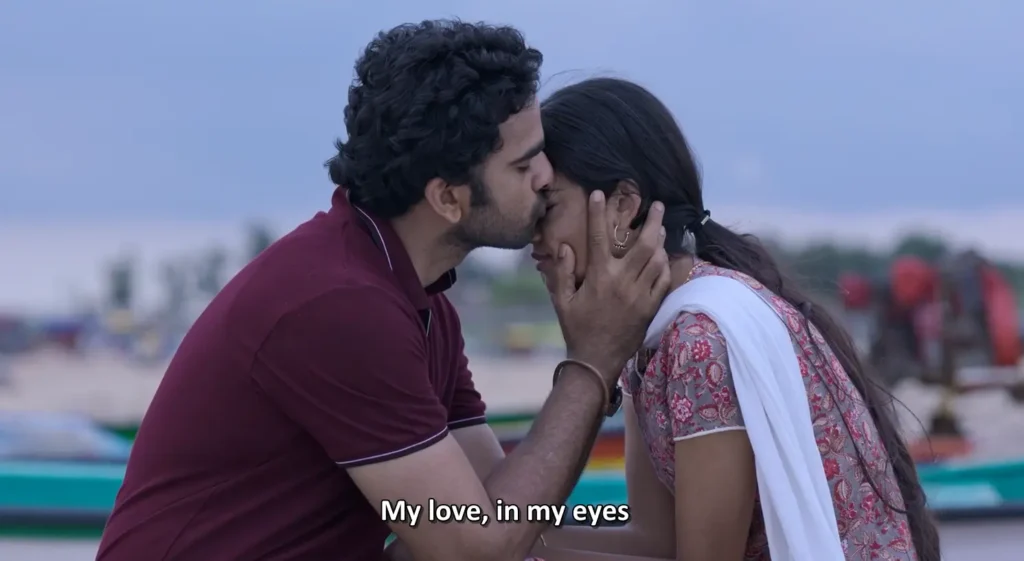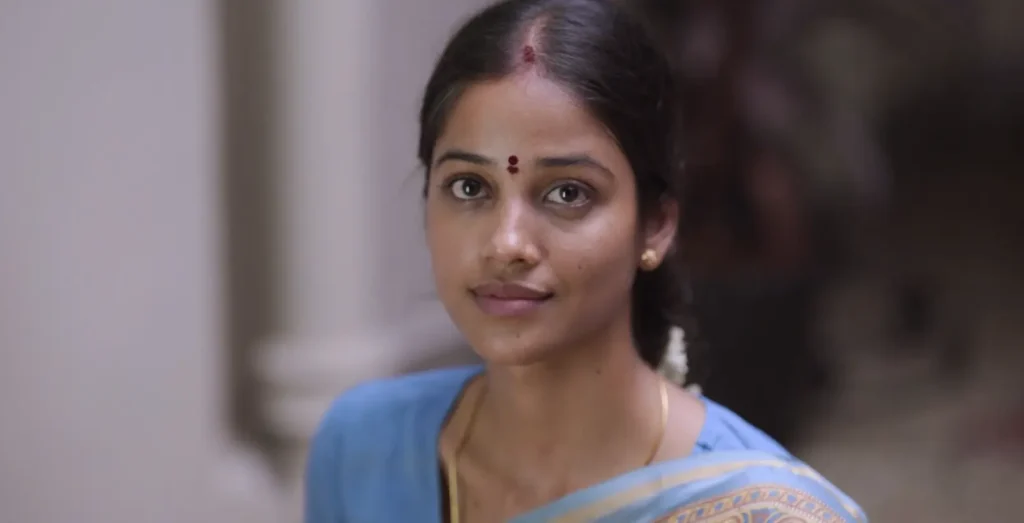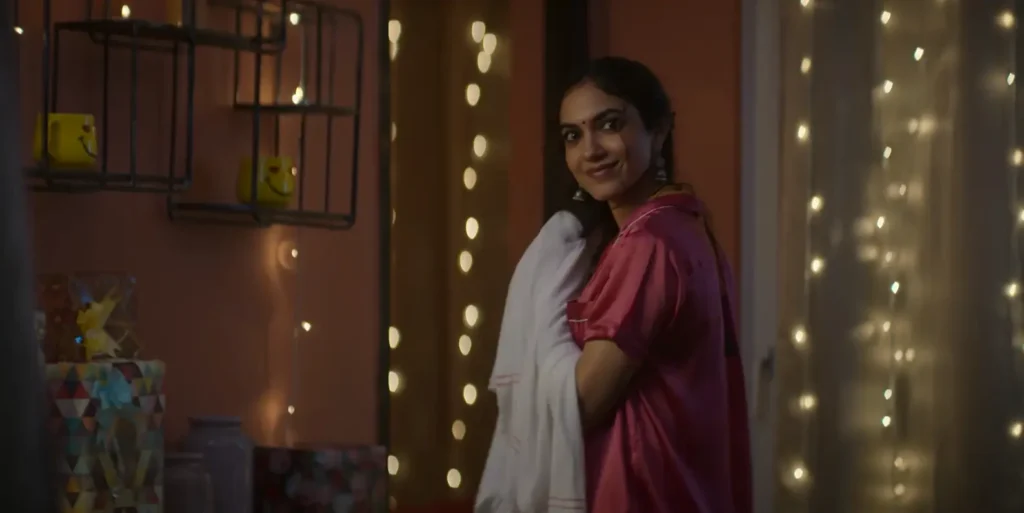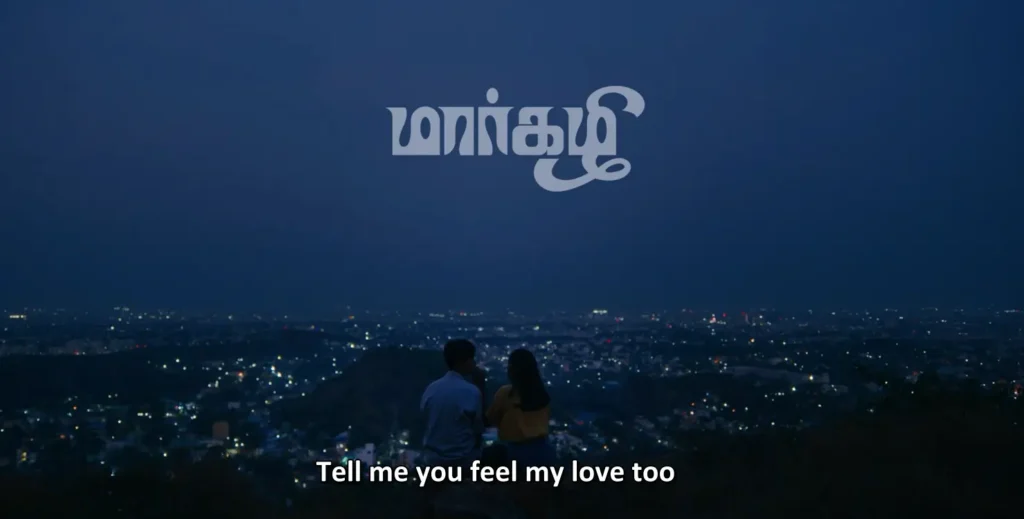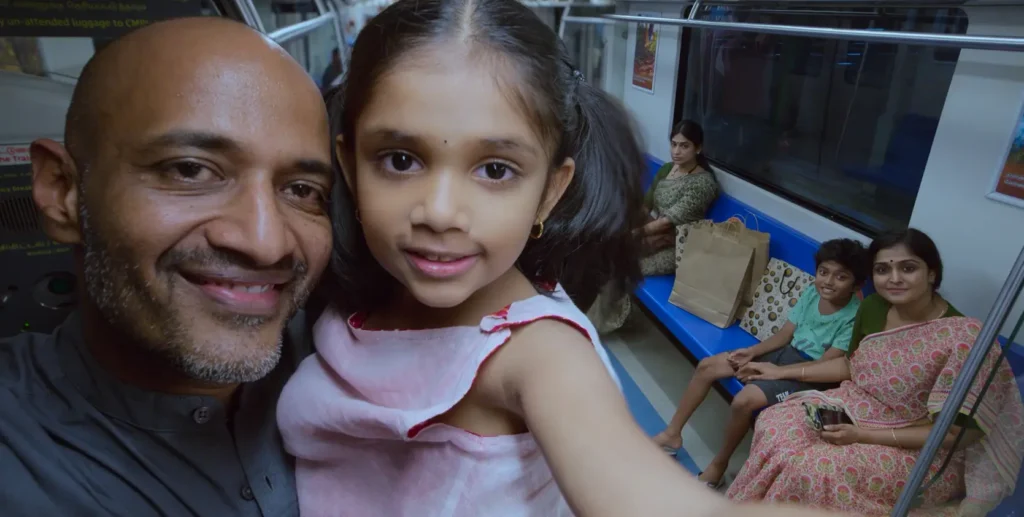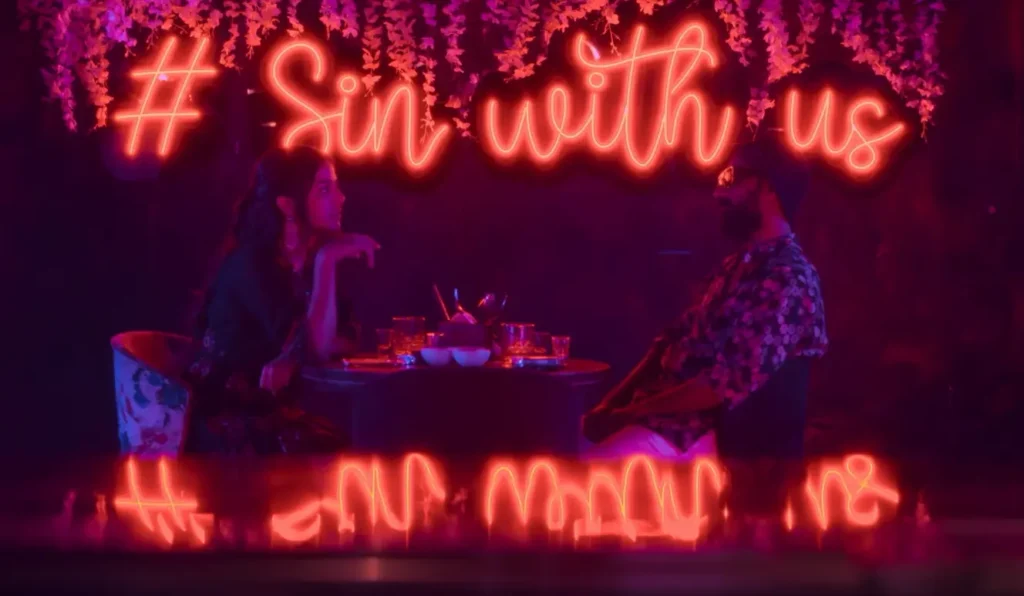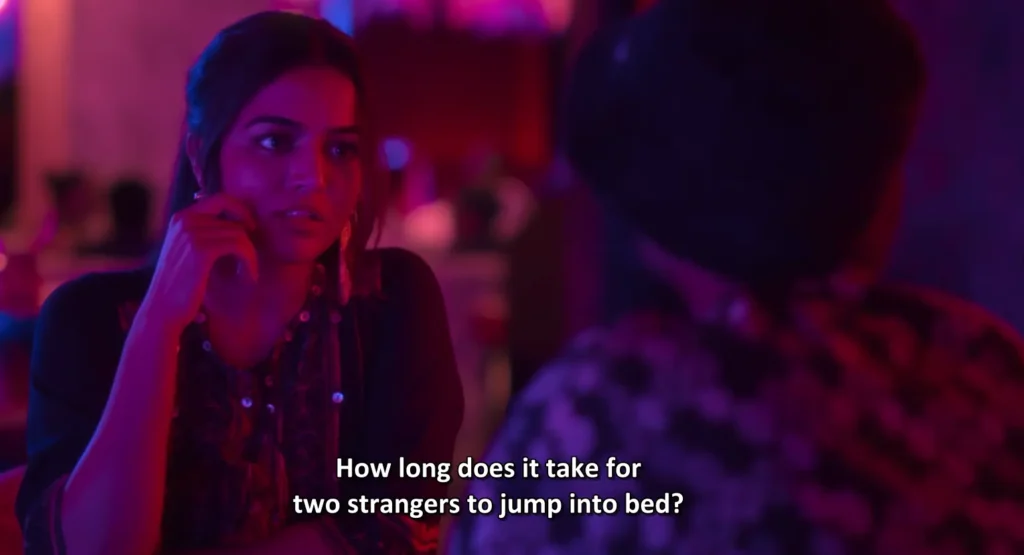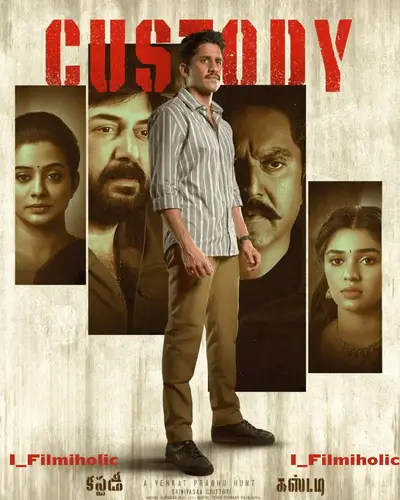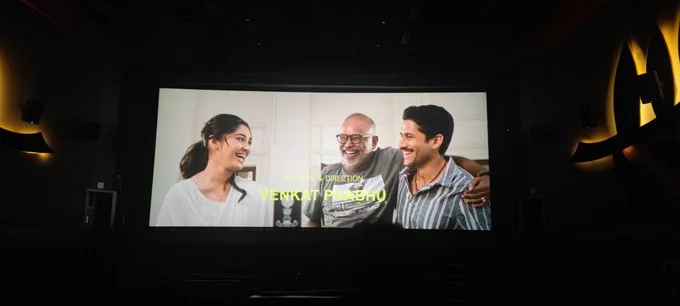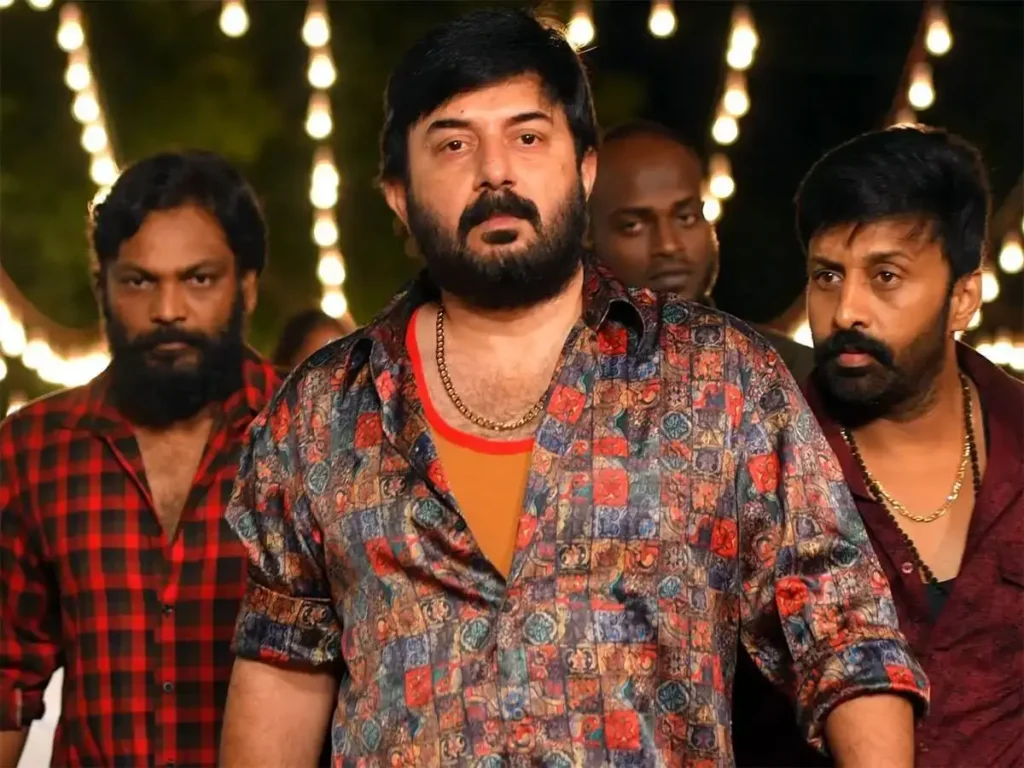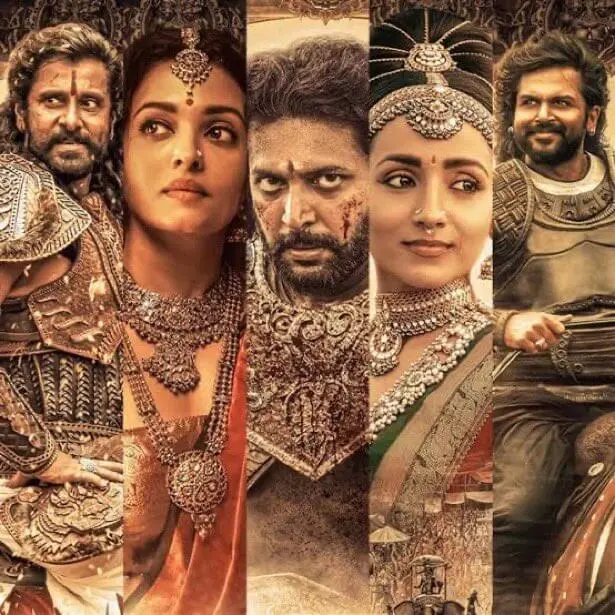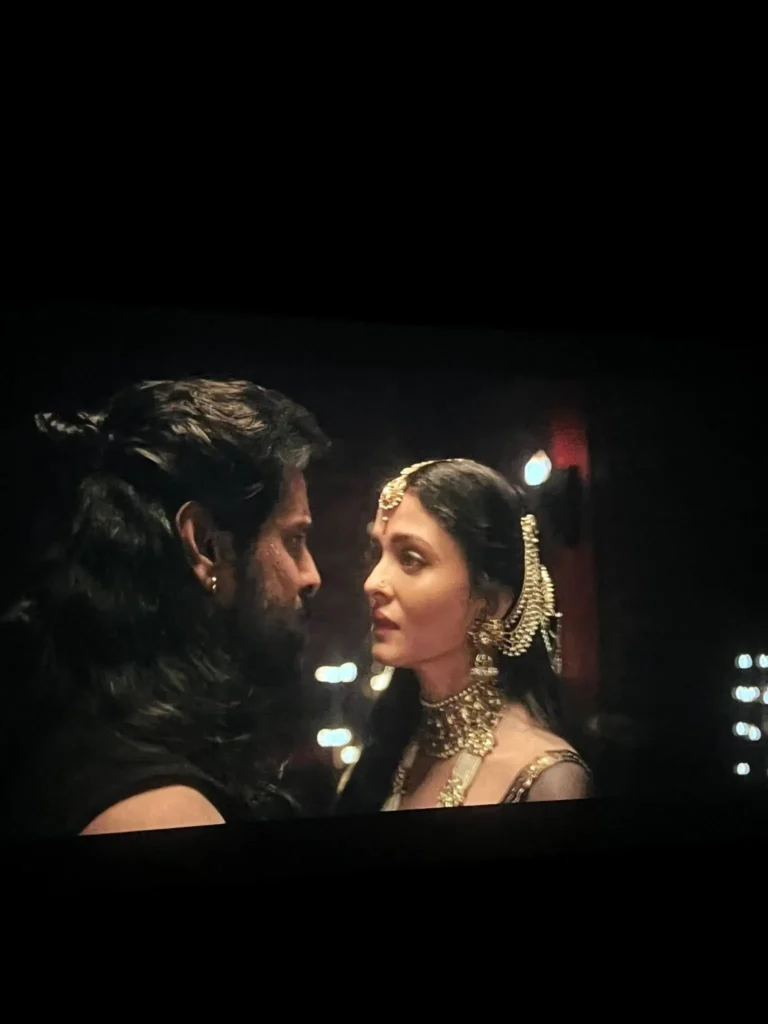What are the OTT releases, this week? With so many releases across platforms, here are 4-5 picks that I think are worth checking out. Do Patti, Aye Zindagi, Swag, Meiyazhagan and Gaganachari❤️ are my suggestions. Why I pick those; scroll down to read more.
Do Patti: A Thriller That Promises More Than It Delivers
Platform: Netflix
Director: Shashanka Chaturvedi
Cast: Kajol, Kriti Sanon, Shaheer Sheikh, Tanvi Azmi, Brijendra Kala, Vivek Mushran
Plot Synopsis: Do Patti
Do Patti is a movie about crime, drama, and emotions. The story is about two twin sisters, Saumya and Shailee (both played by Kriti Sanon). Saumya is kind and gentle, but she is mistreated by her husband, Dhruv (Shaheer Sheikh). Her twin, Shailee, is clever and competitive. She always tries to be better than Saumya and even tries to ruin her sister’s love life.
When Saumya says that Dhruv is trying to harm her, a tough cop named Vidya Jyoti (played by Kajol) steps in to investigate. As the story moves forward, secrets are revealed about the troubled relationships between the sisters and Dhruv, leaving the audience wondering who is telling the truth.
The movie begins with lots of twists and interesting moments, showing the rivalry between the sisters and Saumya’s struggles with her husband. But as the film goes on, the story slows down, and the fight for justice feels too long by the end.
Highlights: Do Patti
❤️ Kriti Sanon delivers an impressive double role, portraying two distinct personalities with depth and flair.
❤️ Kajol shines in moments, playing a no-nonsense cop with hints of vulnerability.
❌ The screenplay falters towards the end, stretching the narrative and losing its earlier momentum, with a lot of scenes having no significance to what the makers actually intend to say.
❌ In my experience, music is the biggest problem here; it lacks impact, especially at some key emotional moments.
Gaganachari: A Sci-Fi Comedy with a Nostalgic Touch
Platform: Amazon Prime
Director: Arun Chandu
Cast: K.B. Ganesh Kumar, Gokul Suresh, Aju Varghese, Anarkali Marikar
Plot Synopsis: Gaganachari
Gaganachari is a quirky sci-fi film set in a dystopian Kerala of the 2040s. The story follows Victor (K.B. Ganesh Kumar), a former national hero known for hunting aliens, now hiding in a bunker with his eccentric companions, Alan (Gokul Suresh) and Vaibhav (Aju Varghese). Life takes an unexpected turn when an alien named Eliyamma (Anarkali Marikar) arrives at their bunker, forcing them to avoid authorities and stay out of trouble.
The film uses humour and nostalgia to explore life in a post-apocalyptic Kerala, mixing in references to 80s and 90s Malayalam cinema. As Victor participates in a documentary interview, we glimpse the struggles of Kerala’s citizens—where governments monitor people, right-wing activists patrol the streets, and synthetic ‘geef’ replaces beef. Gaganachari cleverly balances light-hearted moments with deeper themes like climate change and authoritarianism.
Highlights: Gaganachari
❤️ K.B. Ganesh Kumar delivers a hilarious performance as Victor, bringing charm and energy to the role.
❤️ Gokul Suresh surprises with excellent comic timing, while Aju Varghese adds to the fun with his witty lines.
❤️ The nostalgic references to Malayalam cinema are a treat for fans, adding a unique flavour to the story.
❌ Some jokes may feel too niche, limiting appeal for those unfamiliar with Malayalam culture.
❌ The plot can feel scattered at times, with moments that slow down the film’s pacing.
Meiyazhagan (Sathyam Sundaram): A Soulful Journey into Emotions
Platform: Netflix
Director: C. Prem Kumar
Cast: Karthi, Arvind Swamy, Rajkiran, Sri Divya, Devadarshini, Jayaprakash
Plot Synopsis: Meiyazhagan
Produced by Jyothika and Suriya under 2D Entertainment, Meiyazhagan follows the emotional journey of Arulmozhi Varman (Arvind Swamy) as he returns to his home town. A one day visit for his cousin’s wedding in 2018 takes an unexpected turn when Arul encounters a distant relative (Karthi) he struggles to recognise. What begins as a reluctant reunion blossoms into an unlikely bond, full of warmth, nostalgia, and a little humour.
While it may not resonate with audiences as deeply as 96, Meiyazhagan stands out as a reflective character study. It brings together two remarkable actors in a film that feels both intimate and grand, making it a must-watch for those seeking a heartfelt cinematic experience.
Why You Should / Should not Try Meiyazhagan (Sathyam Sundaram)
Highlights:
❤️ The chemistry between Arvind Swamy and Karthi shines, giving life to a story about rediscovery and relationships.
❤️ Karthi’s mischievous character and Swamy’s transformation make for heartwarming performances.
❌ At 178 minutes, the film feels a bit stretched, its ending may seem predictable, and it doesn’t hold a universal appeal (as in ’96’) in the second half because of deep Tamil centric narratives.
Hitler: An Old-Style Vigilante Movie That Falls Short
Platform: Amazon Prime
Director: Dana SA
Cast: Vijay Antony, Gautam Vasudev Menon, Riya Suman, Charanraj, Redin Kingsley
Plot Synopsis: Hitler 2024
Hitler follows Selva (Vijay Antony), who balances a new romance with Sara (Riya Suman) while getting involved in a political crime spree. Meanwhile, Deputy Commissioner Shakthi (Gautam Vasudev Menon) investigates a series of murders linked to a corrupt politician, Rajavelu (Charanraj). As expected in any vigilante script, the story brings together these two seemingly unrelated plots with a predictable twist.
Hitler feels more like a nostalgic nod to vigilante classics of the past than an original action thriller. It borrows heavily from familiar templates, resembling films like Gentleman, which ironically starred Charanraj too. The attempt to add intrigue with misdirections and subplots doesn’t hold, as the narrative struggles to find fresh ground.
Highlights of ‘Hitler 2024’
❤️ Riya Suman’s character is well-integrated into the plot, going beyond a mere love interest.
❌ The plot feels outdated and predictable, offering little excitement.
❌ Vijay Antony’s inconsistent portrayal of Selva fails to create emotional resonance.
SWAG: A Bold Experimental Satire on Gender Dynamics
Platform: Amazon Prime
Director: Hasith Goli
Cast: Sree Vishnu, Ritu Varma, Meera Jasmine, Goparaju Ramana, Daksha Nagarkar
Plot Synopsis: SWAG
In Swag, Hasith Goli brings a non-linear narrative that traverses between the 1550s and the present, tackling themes of gender, power, and identity.
Back in 1551, Queen Rukmini Devi (Ritu Varma) ruled a kingdom that followed matriarchal traditions, where baby boys were not allowed to survive. One of her decisions brings a curse on future generations, leading to a treasure hunt in the present.
In today’s world, Bhavabhuti (Sree Vishnu), a clever police officer, tries to claim the family’s treasure but lacks the needed proof of his lineage. He is joined by Singareni, a social media star, and Anubhuti (Ritu Varma again), a civil engineer, as they all compete to inherit the treasure. As the story develops, we uncover family secrets and see how gender roles have shifted over time.
Swag is more than just a satire on the battle of the sexes—it’s an exploration of gender equality, told through quirky characters and complex storylines.
The film’s experimental approach, blending farce with theatre-like absurdity, might not be for everyone, but it ultimately rewards those willing to stay with it.
Why You Should / Should not Try SWAG
❤️ Sree Vishnu’s dynamic portrayal across multiple characters is a major highlight, particularly a surprising role revealed just before intermission.Ritu Varma and Meera Jasmine add emotional weight with their performances.
❤️ This is not a typical Tollywood movie; it’s an outside-the-box thought process and will be a different experience for most film enthusiasts.
❌ The multi-layered narrative can feel confusing, especially with several timelines and characters to track.
❌ The second half has moments that drag, testing viewers’ patience.
Aye Zindagi: A Heartfelt Tale with Missed Opportunities
Platform: Zee5
Genre: Drama, Heartfelt
Cast: Revathy, Satyajeet Dubey, Shrikant Verma, Mrinmayee Godbole, Hemant Kher
Plot Synopsis: Aye Zindagi
Based on a true story, Aye Zindagi follows the journey of Vinay Chawla (Satyajeet Dubey), a 26-year-old software engineer battling liver cirrhosis. He travels to Hyderabad for treatment, where he meets Revathi Rajan (Revathy), a grief counsellor whose role is to convince families of brain-dead patients to donate organs. As Vinay confronts his illness, an unexpected bond forms between him and Revathi, touching on themes of hope, second chances, and survivor’s guilt.
Set in a time when liver transplants were rare and organ donation was still gaining traction in India, the film seeks to explore the emotional complexities of illness and loss. However, the narrative falters in delivering the depth the story deserves.
Highlights: Aye Zindgi
❤️ Revathy delivers a moving performance, carrying the emotional weight of the film.
❤️ The themes of hope and renewal are well-intentioned, though not fully realised.
❌ The plot feels disjointed, with several illogical decisions and underdeveloped characters.
❌ Satyajeet Dubey’s performance lacks the emotional impact needed for his role.
Other OTT Releases
The Legend of Hanuman – Season 5
Platform: Hotstar
Cast: Sharad Kelkar, Damandeep Singh Baggan
Release Date: October 25
Genre: Mythology, Animation, Adventure
In the last season of The Legend of Hanuman, we saw the heroic Hanuman battling Kumbhakaran and Indrajit, saving Rama and Laxman from Patal Lok. This season, Hanuman returns in his Panchmukhi Avatar, taking on five powerful forms representing different Gods and directions. As new challenges arise, Hanuman embarks on a deeper journey of self-discovery, facing trials that test both his strength and wisdom.
For more updates on movies and theatrical releases, click here.
